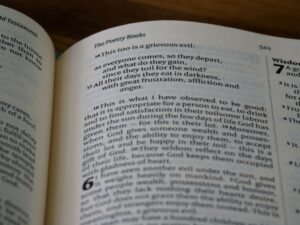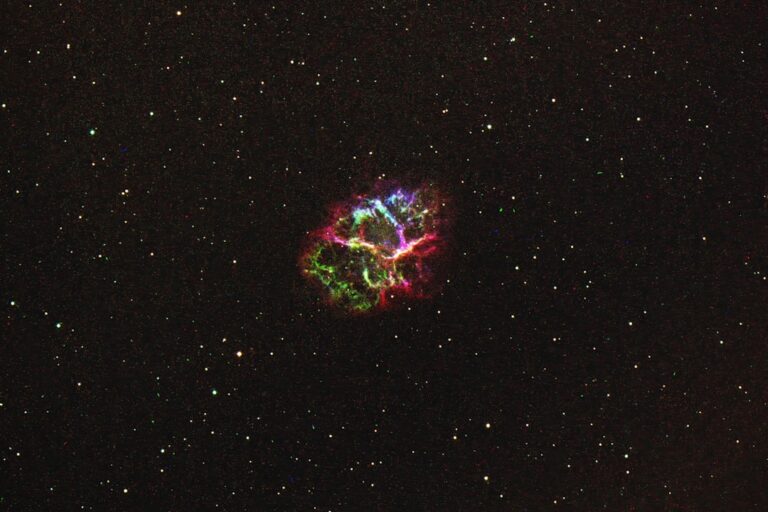Language and Reality
Language and reality are closely intertwined concepts that have been the subject of philosophical inquiry for centuries. How we use language to describe and understand the world around us has profound implications for our understanding of reality itself. In this blog post, we will explore the relationship between language and reality, focusing on two influential theories: Frege’s sense and reference and Russell’s definite description.
Frege’s theory of sense and reference posits that words have both a sense and a reference. The sense of a word refers to the mental concept or idea associated with it, while the reference refers to the actual object or entity in the world that the word denotes. According to Frege, the sense of a word is what allows us to understand and communicate meaning, while the reference is what connects our language to the external world. This theory suggests that our understanding of reality is mediated through language, as the words we use to describe the world are grounded in our mental concepts and ideas.
Russell’s theory of definite description, on the other hand, focuses on the role of definite descriptions in language and their connection to reality. Definite descriptions are phrases that refer to specific objects or entities, such as “the tallest building in the city” or “the president of the United States.” Russell argued that these descriptions can be analyzed in terms of quantification and existence, and that they play a crucial role in our understanding of reality. According to Russell, the meaning of a definite description lies in its ability to pick out a unique object or entity in the world, and our understanding of reality is shaped by our ability to use and interpret these descriptions.
Both Frege’s theory of sense and reference and Russell’s theory of definite description highlight the intricate relationship between language and reality. They suggest that our understanding of the world is mediated through language, as the words we use to describe and interpret reality are grounded in our mental concepts and ideas. However, they also emphasize the importance of reference and definite descriptions in connecting language to the external world. By examining these theories, we can gain valuable insights into the nature of language and its role in shaping our understanding of reality.
Frege’s Sense and Reference
Gottlob Frege, a German philosopher and mathematician, developed the theory of sense and reference as a way to explain how language connects to the external world. According to Frege, every meaningful expression in language has both a sense and a reference.
The sense of an expression refers to its meaning or the concept it represents. For example, the word “cat” has a sense that includes the general idea of what a cat is – its characteristics, behaviors, and so on. The sense is what allows us to understand and communicate about cats.
The reference of an expression, on the other hand, is the actual object or entity in the world that the expression refers to. In the case of the word “cat,” the reference would be any specific cat that exists in reality – a particular cat that we can see, touch, or interact with.
Frege argued that understanding the distinction between sense and reference is crucial for understanding how language represents reality. He believed that the sense of an expression is what allows us to grasp its reference. Without the sense, the reference would be meaningless and incomprehensible.
Furthermore, Frege’s theory of sense and reference goes beyond individual words and extends to larger linguistic units, such as sentences and propositions. He proposed that the sense of a sentence is determined by the senses of its constituent words and the way they are combined. Similarly, the reference of a sentence is determined by the references of its constituent words and the relationships between them.
This distinction between sense and reference is particularly relevant in cases where there may be multiple expressions with the same reference but different senses. For example, the expressions “the morning star” and “the evening star” both refer to the planet Venus, but they have different senses because they are used to describe the planet at different times of the day. Understanding this distinction helps us avoid confusion and ambiguity in language.
Frege’s theory of sense and reference has had a significant impact on the philosophy of language and has influenced subsequent thinkers, such as Bertrand Russell. It has provided a framework for analyzing the meaning of language and has contributed to our understanding of how language relates to the world around us.
Russell’s Definite Description
Bertrand Russell, a British philosopher and logician, developed the theory of definite description as a way to analyze the meaning of sentences that contain definite descriptions, such as “the” or “that.”
Russell’s theory centers around the idea that definite descriptions do not always refer to a specific object or entity in the world. Instead, they can also refer to a description or a set of properties that uniquely identify the object or entity being referred to.
For example, consider the sentence “The president of the United States is the leader of the free world.” According to Russell, this sentence does not refer to a specific individual who currently holds the position of the president. Instead, it refers to the unique set of properties that define the role of the president of the United States.
Russell argued that by understanding the meaning of definite descriptions in this way, we can avoid the logical paradoxes that arise when assuming that every definite description refers to a specific object. His theory of definite description has had a significant impact on the philosophy of language and has influenced subsequent thinkers, such as Saul Kripke.
One of the key aspects of Russell’s theory is the distinction between the definite description and the indefinite description. While the definite description refers to a specific object or entity, the indefinite description refers to any object or entity that satisfies a certain condition or set of properties.
For instance, consider the sentence “A president of the United States is a leader.” Here, the indefinite description “A president of the United States” does not refer to a specific individual, but rather to any person who has held the position of the president. This distinction allows for a more precise understanding of language and avoids confusion when interpreting sentences.
Furthermore, Russell’s theory of definite description has important implications for the philosophy of reference. Traditionally, philosophers have debated whether names and descriptions refer to the same kind of entity. Russell’s theory suggests that definite descriptions, like names, refer to specific objects or entities, but they do so by means of a description or set of properties.
This view challenges the traditional view that definite descriptions are simply abbreviated names. Instead, Russell argues that definite descriptions have a more complex meaning that involves both reference and description. This has sparked further debates and discussions in the philosophy of language and has influenced the development of various theories of reference.
In conclusion, Russell’s theory of definite description provides a valuable framework for understanding the meaning of sentences that contain definite descriptions. By recognizing that these descriptions can refer to a set of properties rather than a specific object, we can avoid logical paradoxes and gain a deeper understanding of language and reference.























+ There are no comments
Add yours